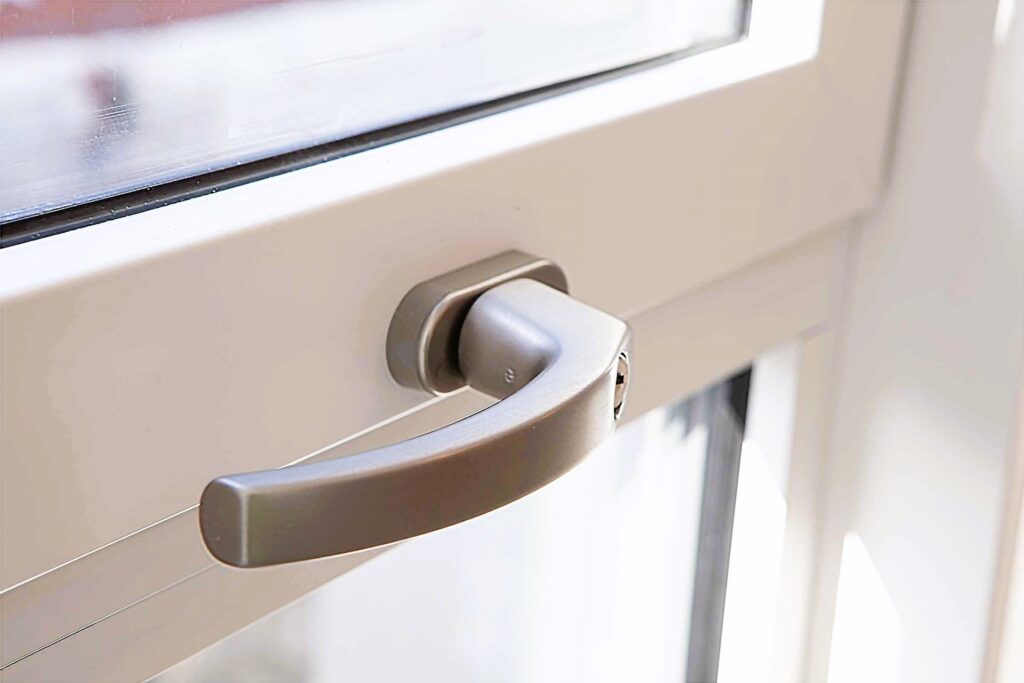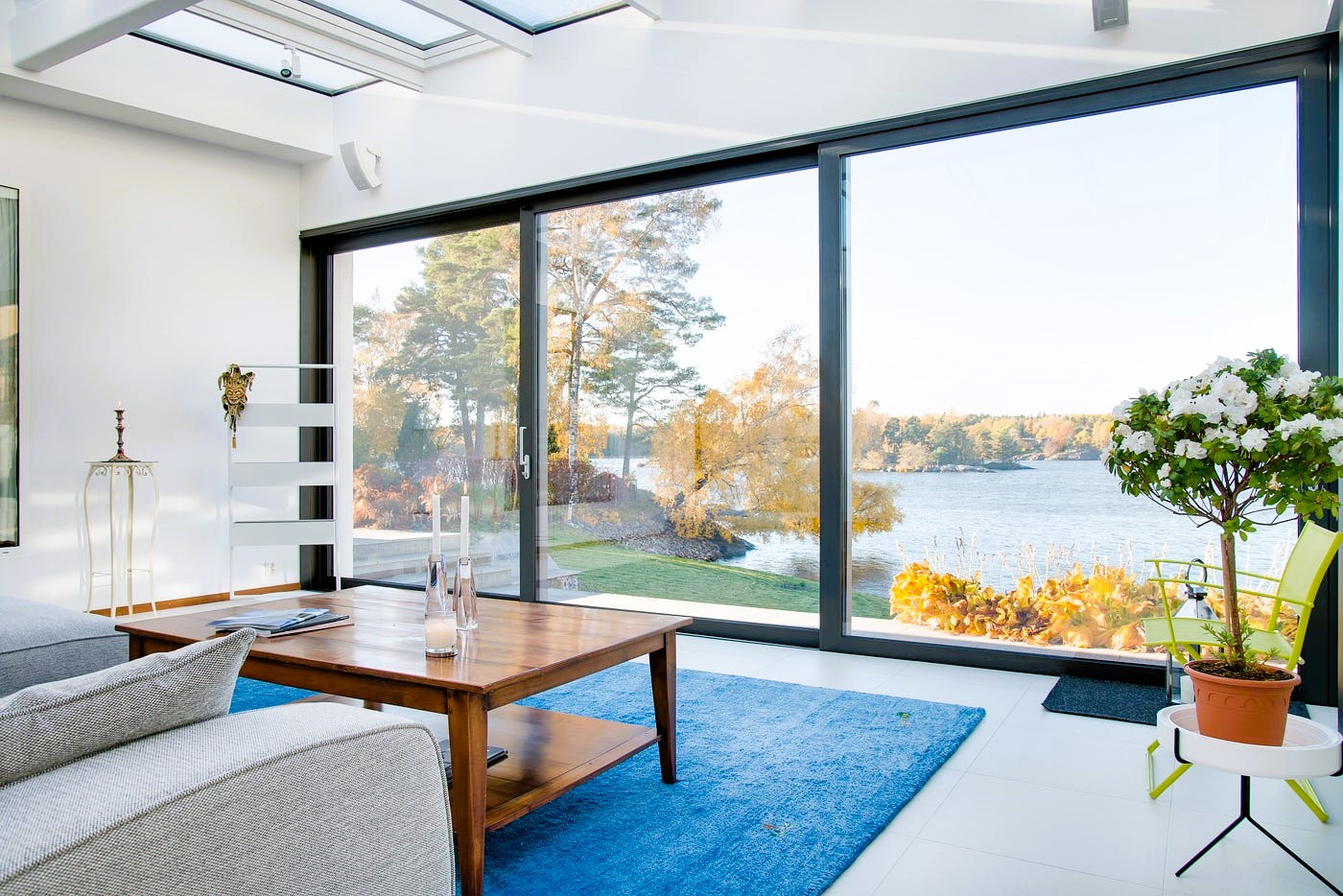Windows are not just openings in your home; they are architectural elements that offer a view to the outside world while bringing in natural light and ventilation. Choosing the right windows is a crucial decision in interior design, impacting aesthetics, energy efficiency, and overall functionality. This comprehensive guide will walk you through the key factors to consider when selecting windows for your home.
1. Window Styles and Types
Before diving into the specifics, familiarize yourself with different window styles:
- Single-Hung and Double-Hung Windows: Classic vertical sliders with one or both sashes operable.
- Casement Windows: Hinged at the side and open outward, allowing maximum ventilation.
- Awning Windows: Similar to casement windows but hinged at the top, offering protection from rain.
- Sliding Windows: Horizontally sliding windows that are easy to operate.
- Picture Windows: Fixed, non-operable windows designed to frame scenic views.
- Bay and Bow Windows: Protrude from the house, creating a nook or additional seating area.
- Skylights: Installed in the ceiling, allowing natural light from above.
2. Considerations for Window Selection

A. Purpose and Functionality
Understand the purpose each window will serve in your space. Are you looking to optimize views, enhance ventilation, or add a decorative element? Choose windows that align with these functional needs.
B. Location and Orientation
Consider the orientation of your home and the direction of sunlight. North-facing windows receive cooler light, while south-facing windows offer warmer light. West-facing windows may need shading to prevent excessive heat gain.
C. Energy Efficiency
Energy-efficient windows play a vital role in reducing heating and cooling costs. Look for windows with low U-factor (heat transfer) and high Solar Heat Gain Coefficient (SHGC) ratings. Like the article? Read also about how to design a stunning view from the window, more details here
D. Frame Materials
Window frames are available in various materials, each with its advantages:
- Wood: Offers classic aesthetics and good insulation, but requires maintenance.
- Vinyl: Low-maintenance, durable, and energy-efficient.
- Aluminum: Sleek and modern, but less energy-efficient without thermal breaks.
- Fiberglass: Strong, low-maintenance, and thermally efficient.
E. Glass Options
Choose the appropriate glazing for your climate:
- Single Glazing: Basic glass without additional insulation.
- Double Glazing: Two panes of glass with an insulating layer in between.
- Triple Glazing: Three panes for enhanced insulation in colder climates.
- Low-E Coating: Reflects heat while allowing light to pass through.
- Gas Fills: Inert gases like argon or krypton improve insulation.
F. Noise Reduction
If you live in a noisy area, consider windows with acoustic glazing to minimize external sounds.
3. Accessibility and Safety

Consider safety measures like tempered glass for windows close to the ground, especially if you have children. For homes with elderly residents or those with mobility challenges, opt for windows that are easy to operate.
Link to Standards: Canada.ca – Window Energy Performance Standards
In Canada, window energy performance standards ensure that windows meet specific efficiency criteria. Adhering to these standards not only enhances energy efficiency but also contributes to the overall sustainability of your home.
In conclusion, choosing the right windows involves a careful balance of aesthetics, functionality, energy efficiency, and safety. By considering factors such as window styles, location, energy efficiency, frame materials, and glass options, you can make informed decisions that enhance both the beauty and performance of your home.

